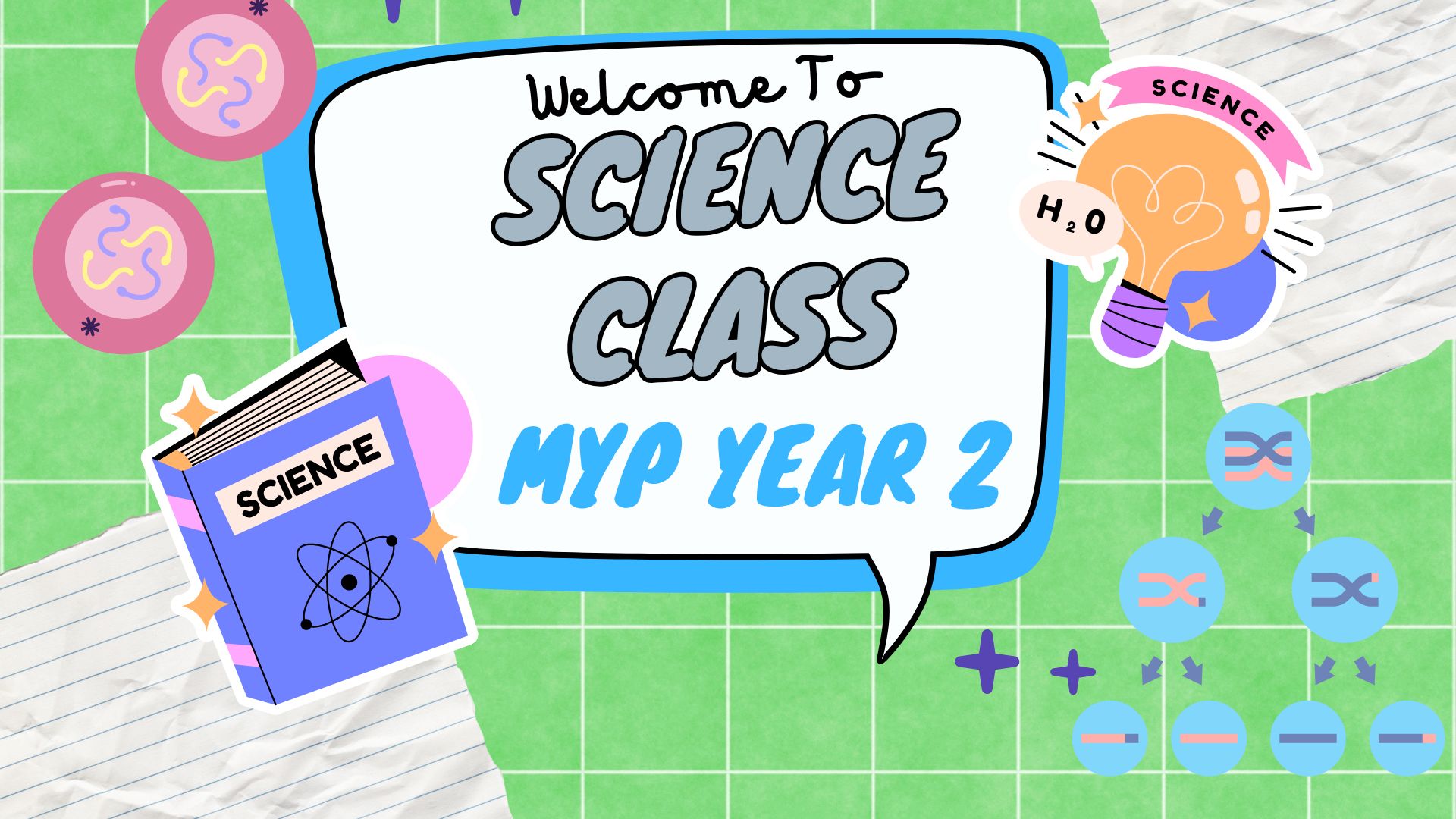
Created using Canva
LICEO PINO VERDE
Subject: Science
TEACHER: Daniela Margarita Echeverri Delgadillo
INSTITUTIONAL EMAIL: daniela.echeverri.d@liceopinoverde.edu.co
HOURLY INTENSITY BY CYCLE (HIC): 5
GRADE: MYP Year 2 (Seventh grade)
PERIOD: First and second
INTRODUCTION
7th grade science seeks, through inquiry and analysis, to lead students to explore their environment and their ecological relationships through research, observation, experimentation, and creativity; developing in them a critical thinking where cohesion is established between science and morals, ethics, culture, economics, politics, and the environment.
GENERAL OBJECTIVE
Develop in the student sensitivity towards the living and inert elements of the environment, fostering an analytical, inquiring, and flexible mentality to ask questions, solve problems, elaborate explanations, and judge arguments where science is considered as a human activity that presents benefits and limitations; also seeking to become aware of the need to collaborate and communicate effectively with the environment.
COMPETENCES / ABILITIES TO DEVELOP
During the development of the subject, students acquire research skills where they establish connections between scientific research and related moral, ethical, social, economic, political, cultural, or environmental factors.
They strengthen critical thinking skills by interpreting data obtained in scientific investigations.
Communication skills representing visual data appropriately to interested audiences.
METHODOLOGY
Master class
Inquiries
Workshops
Practice by simulators
Guided projects
Laboratory practices
CONTENT AND CONCEPTS (depending on the period)
Period 1.
The cell.
Cell division: Meiosis.
Cell division: Mitosis.
División celular: Reproduction.
Cellular Metabolism.
Cellular respiration: Aerobic and Anaerobic.
Structure of cell membranes,
Membrane transport: Active and passive.
Period 2.
Atom and atomic models.
Difference between atom and molecule.
Atomic properties.
Classification of elements in the periodic table.
Periodic Trends (density, boiling and melting point) of simple substances (metals, nonmetals, metalloids, and noble gasses) in the periodic table.
Interactions with and without contact.
The friction is an everyday life interaction.
Energy: conservation principle and types.
Conservation of energy problems in non friction systems (optional)
EVALUATION PROCESS
Formative evaluation |
|
Summative evaluation |
|
Evaluation Criteria | |
Knowledge and understanding | 25% |
Inquiry and design | 25% |
Processing and evaluation | 25% |
Reflection on the impact of science | 25% |
RESOURCES
Technological Resources | |
iPad or laptop. | |
Bibliographic | PAI guidebook. Mindorff, D., & Allott, A. (2019). MYP Life Sciences Years 1-3: A concept-based approach. Oxford University Press-Children. |
Physical | Notebook and papers to write/draw on. |
Behavioral recommendations for the proper development of the class |
|
APPROVED BY: | |
SIGNATURE: |
CONTROL DE CAMBIOS | |
FECHA DEL CAMBIO: | February 4th, 2025 |
CAMBIOS REALIZADOS: | Cover Page update |
REALIZADO POR | Daniela Margarita Echeverri Delgadillo |

- Profesor: Daniela Margarita Echeverri Delgadillo
- Profesor: Brandon Suarez Jiménez